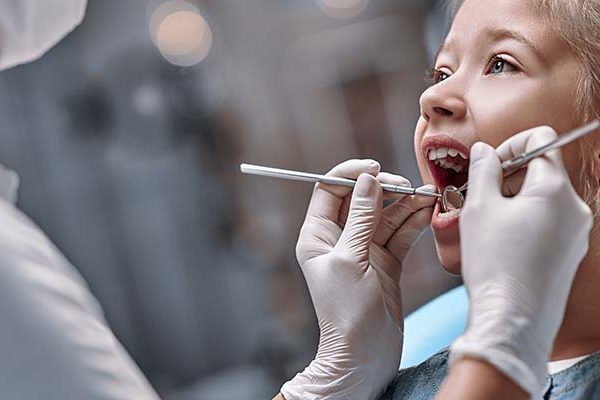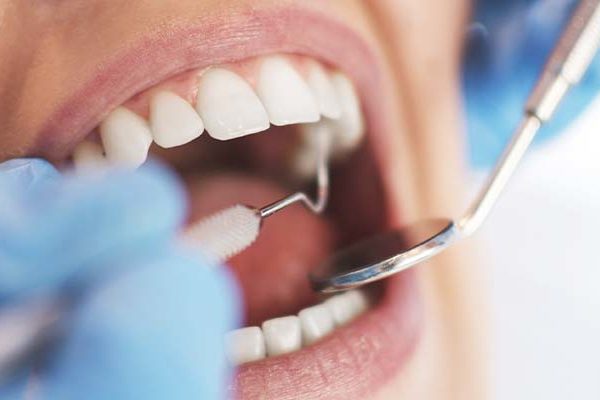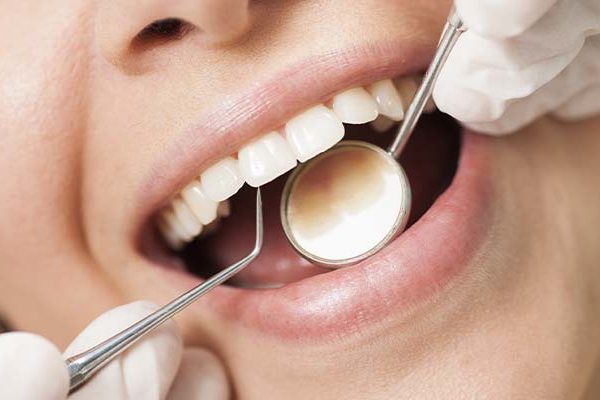Approximately 70% of Canadians will develop gum disease at some point during their lifetime, according to figures from the Canadian Dental Association.
It is a disease which is incredibly common, and often the first symptoms are painless and easily ignored so that by the time it is diagnosed, it is a much bigger problem. Gum disease is one of the crucial reasons why we always like to see our patients regularly for checkups here at Tsawwassen Place Dental.
How Does Gum Disease Begin?
Gum disease begins when plaque builds up around your gum line, where your teeth meet your gums. Every day, a plaque biofilm develops over the tooth surfaces and most is removed by brushing and flossing. But, plaque can form just under the gumline and where it’s difficult to reach with a toothbrush. Any plaque that remains soon hardens into tartar (calculus). By this stage, it can no longer be removed by just brushing your teeth because tartar is much too hard. Unfortunately, the bacteria in tartar can infect your gums, causing the very first stages of gum disease which is called gingivitis.
Recognizing the Early Signs of Gum Disease
The early signs of gum disease are quite subtle, and you might notice your gums look slightly red or that they are a bit puffy, but you may not notice anything. Your gums might bleed whenever you brush or floss, but the bleeding won’t be painful, so it’s easily ignored. As the infection worsens, it begins to destroy gum tissue, eventually developing into a much more serious problem called periodontitis and which can cause tooth loss or even affect your general health.
Who Is More at Risk of Gum Disease?
If you fail to brush and floss each day thoroughly, then your risk is significantly higher, but some people have lifestyle factors or chronic health conditions that place them at greater risk than others. It also makes sense to look at your family’s history of dental disease because this could influence your risk of developing gum disease. Smoking is a huge risk factor, and if you do smoke, then we strongly encourage you to quit!
What to Do to Have Healthy Gums
Your first line of defence is to have a good oral hygiene routine at home, ensuring you brush your teeth at least twice daily using a soft-bristled toothbrush and fluoride toothpaste. You must floss every day because it’s essential to remove plaque from hard-to-reach areas where your toothbrush bristles can’t penetrate. If you hate flossing, then talk to us about alternative tools as there are other things you can try, and which can be highly effective at removing plaque. Possible choices include interdental brushes, or you might want to purchase a Water Pik which is super-easy to use and great for anyone with limited dexterity or who lacks the patience to floss regularly.
Visit Your Dentist Regularly
Gingivitis is reversible when caught early enough which is why we encourage you to book regular checkups with our dentists, Dr. Sarah Harland and Dr. Tom Greene. Regular dental examinations are the easiest and most cost-effective way to maintain healthy gums because your gum health is carefully checked and monitored at every appointment. Even the slightest changes are quickly detected, so appropriate treatment can be provided, possibly even before you’ve noticed something is wrong! Regular hygiene appointments are also vital because even if you have the best brushing routine in the world, it’s still easy to miss some plaque. We can carefully remove this during your hygiene appointment, leaving you with a healthy smile and gums that are in the pink.
With the right preventative dental care you can keep your gums in the pink of health. Use our convenient online form to request an appointment.





